
1,99 €
Sofort per Download lieferbar
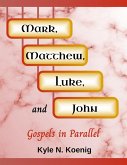
18,99 €
Versandfertig in 1-2 Wochen
Ähnliche Artikel
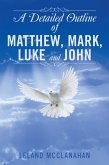
2,99 €
Sofort per Download lieferbar
eBook, ePUB
17. Oktober 2014
Xlibris US

10,95 €
Sofort per Download lieferbar
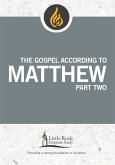
10,95 €
Sofort per Download lieferbar
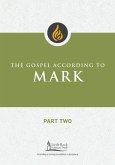
10,95 €
Sofort per Download lieferbar
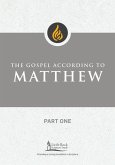
11,95 €
Sofort per Download lieferbar
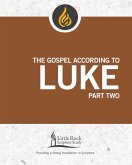
11,95 €
Sofort per Download lieferbar
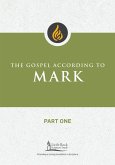
10,95 €
Sofort per Download lieferbar
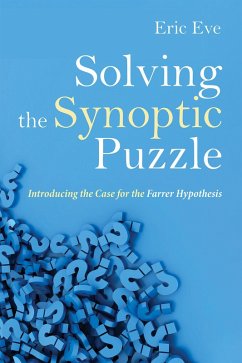
11,95 €
Sofort per Download lieferbar
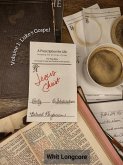
3,99 €
inkl. MwSt. und vom Verlag festgesetzt.
Sofort per Download lieferbar
eBook, ePUB
15. April 2023
Whit Longcore
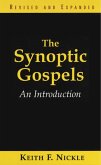
16,95 €
Sofort per Download lieferbar
eBook, ePUB
1. November 2001
Presbyterian Publishing Corporation
Ähnlichkeitssuche: Fact®Finder von OMIKRON
